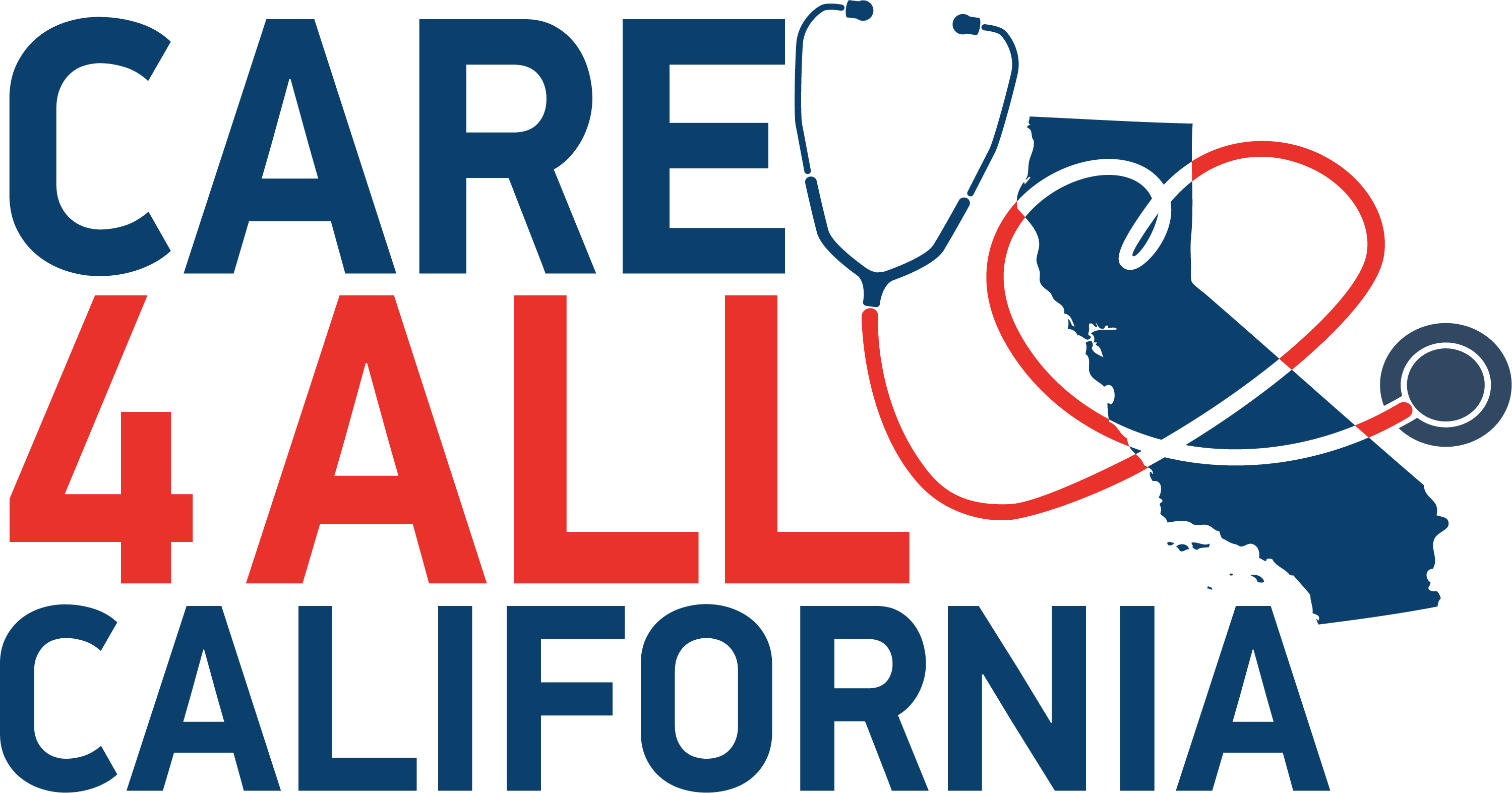Politico
By Angela Hart
Insurance premiums in California’s large group market shot up nearly 6 percent in 2018 according to new rate data released by the Department of Managed Health Care, marking the third straight year of premium increases and adding fuel to a legislative effort to regulate health care costs.
The state-mandated disclosures accompanied a Tuesday hearing convened by DMHC, which can discuss — but not reject — rate increases adopted by large-group health plans and insurers months after they take effect.
But the San Francisco public airing gave labor organizers and patient advocates an opportunity to voice their frustrations with continued cost hikes. The average California premium in 2018 rose to $488 per member per month, up from $452 in 2017 and $436 in 2016, according to the latest rates filed with DMHC.
The hearing also gave momentum to legislative efforts to control costs, including a bill by Assemblyman Ash Kalra (D-San Jose) that would allow state regulators to review proposed large-group rate increases and deem them “unreasonable” before they take effect. The bill would affect policies in the large-group market, those at businesses with more than 100 employees — provided by 24 health plans that cover nearly 10 million Californians.
DMHC and the Department of Insurance already have the power to conduct the same review for small- and medium-size health plans and trigger a public notification process when they find increases “unreasonable.”
Labor activists blamed “greed” outside Tuesday’s hearing, while consumers inside pleaded with health insurers not to raise rates. Patient advocates pushing for tighter cost controls and price transparency told regulators that soaring health care premiums year after year are not justified. They said out-of-pocket costs continue to eat into California household budgets.
They also argued that employers are getting hit with increasingly higher premiums and workers are losing out on wage increases as a result.
“Health care costs are out of control,” said Yasmin Peled, a campaign coordinator with Health Access California, a co-sponsor of the Kalra bill, CA AB731 (19R). “The underlying prices continue to be the problem.”
Other groups sponsoring the Kalra bill include the California Labor Federation and SEIU California.
Peled said if California applied the rate review process to the large group market, California could triple the amount of savings tracked by DMHC, primarily as a result of negotiations. Since 2011, the rate review process for the individual and small group markets has saved Californians a total of $226 million, according to DMHC.
Mary Ellen Grant, a spokesperson for the California Association of Health Plans, took issue with the idea that health insurers are driving up health care costs. She pointed to the rule under Obamacare that requires health plans to spend at least 85 percent of health care dollars on patient care. Insurers are allowed to spend up to 15 percent on overhead — costs for administration and profit.
“The medical care is what’s driving up the cost, not the health plan,” she said. “Premiums are determined based on the cost of that medical care, period.”
Hospital care, physician and clinical services and prescription drugs account for the greatest spending on health care, according to a 2019 analysis by the California Health Care Foundation.
“We agree with the advocates — the cost of medical care needs to be addressed,” Grant said. “Prescription drugs and hospitals are some of the biggest drivers of that care. … We are working with the administration and the Legislature to find solutions to make health care more affordable.”
Advocates, however, argue that part of the problem is that insurers aren’t required to show what’s driving up costs. Kalra, who testified at the hearing Tuesday in favor of his bill, said AB 731 would provide “a clearer picture of health care costs” and received loud applause when he called for a “more equitable health care system.”
Though regulators would not be able to reject proposed increases under his proposal, insurers would potentially be forced to justify annual increases.
The Kalra bill is the latest example of increasing scrutiny on the powerful health care industry over rapidly rising prices. The overall cost of health care is projected to continue growing 5.5 percent annually through 2027, according to the Centers for Medicare and Medicaid. That would outpace the expected growth of the U.S. economy.
Of the seven health plans selling insurance statewide, Aetna had the largest 2018 increase with a 10 percent jump, followed by United Healthcare at a 9 percent increase and Cigna at 7.4 percent, based on the newly released DMHC data. Kaiser Permanente, which covers the vast majority — 65 percent — of Californians in the large group market, increased rates 4.9 percent in one year, and Anthem Blue Cross, the second largest, increased rates 7.3 percent.


About The Author: Care4ca
More posts by care4ca